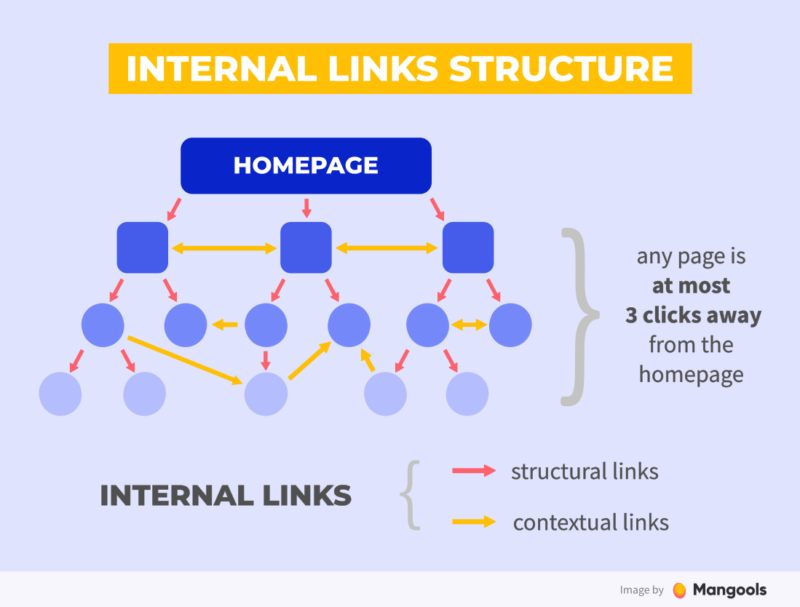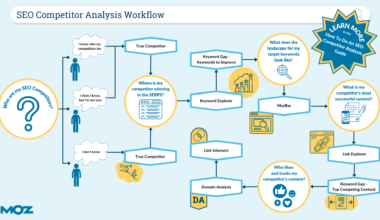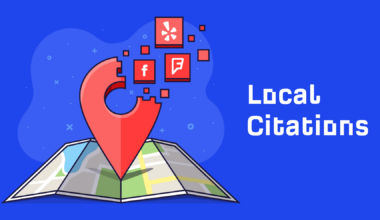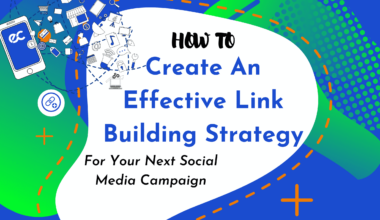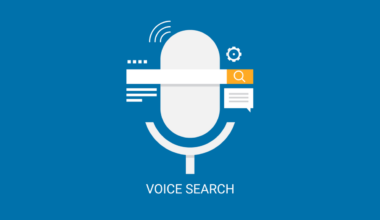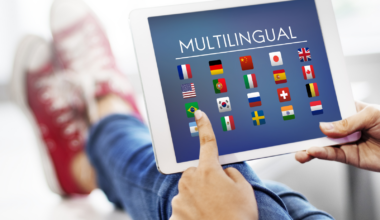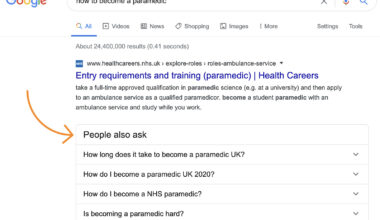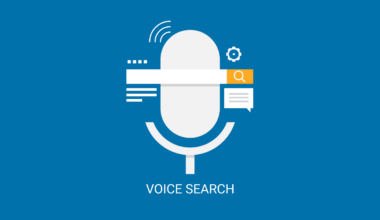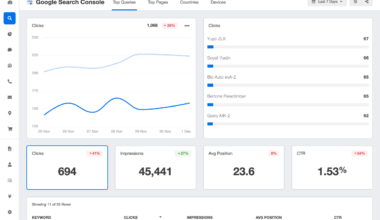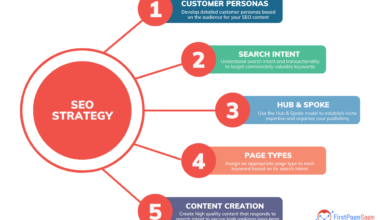Introduction to Internal Linking
Internal linking is a crucial aspect of search engine optimization (SEO) that is often underutilized. It refers to the practice of linking pages within the same website. When done correctly, internal linking can help search engines understand the structure of your website and how pages are related to each other. This, in turn, can improve your website’s ranking on search engine results pages (SERPs).
Internal linking is different from external linking, which refers to linking to pages on other websites. While external linking can help improve the credibility of your website, internal linking is just as important for SEO. By linking to other pages on your website, you can help spread link equity throughout your site, which can help boost the visibility of your pages on SERPs.
In addition to improving your website’s SEO, internal linking can also improve the user experience. By including links to related pages, you can help visitors navigate your website and find the information they need more easily. This can increase the time visitors spend on your site and reduce bounce rates, which can further improve your website’s ranking on SERPs.
To get the most out of internal linking, it’s important to have a strategy in place. This involves identifying which pages on your website are most important and linking to them from other pages. It also involves using effective anchor text, which is the text that is used to create a hyperlink.
In the following sections, we’ll explore some strategies for using internal linking effectively, as well as some common mistakes to avoid. By following these guidelines, you can maximize the impact of internal linking on your website’s SEO and user experience.
Importance of Internal Linking for SEO
Internal linking is an essential factor in improving the SEO of your website. It helps search engines crawl and index your website more effectively, leading to a higher ranking on SERPs. Here are some of the reasons why internal linking is crucial for SEO:
1. Spreading Link Equity
Link equity, also known as link juice, refers to the authority passed from one page to another through hyperlinks. By strategically linking to your website’s important pages from other pages, you can help spread link equity throughout your site. This can improve the visibility of your pages on SERPs and increase their chances of ranking higher.
2. Establishing Hierarchy and Structure
By linking to your website’s important pages from other pages, you can establish a hierarchy and structure for your website. This helps search engines understand the relationship between pages and how they fit into the overall structure of your website. A well-structured website is more likely to rank higher on SERPs.
3. Encouraging Crawling and Indexing
Internal linking can help search engines crawl and index your website’s pages more effectively. By including links to all of your pages, you can ensure that search engines can find and index all of your content. This can improve your website’s visibility on SERPs and increase the chances of your pages ranking higher.
4. Improving User Experience
Internal linking can also improve the user experience of your website. By including links to related pages, you can help visitors navigate your website more easily and find the information they need. This can increase the time visitors spend on your site, reduce bounce rates, and improve your website’s ranking on SERPs.
Overall, internal linking is an essential aspect of SEO that should not be ignored. By strategically linking to your website’s important pages from other pages, using effective anchor text, and avoiding common mistakes, you can maximize the impact of internal linking on your website’s SEO and user experience.
How to Strategically Link Pages on Your Website
Strategically linking pages on your website is a crucial aspect of internal linking that can greatly improve your website’s SEO. Here are some tips to help you effectively link pages on your website:
1. Identify Your Most Important Pages
Before you start linking pages on your website, it’s important to identify which pages are the most important. These are the pages that you want to rank the highest on SERPs and receive the most traffic. Examples of important pages include your homepage, product pages, and service pages.
2. Link to Your Most Important Pages
Once you’ve identified your most important pages, it’s important to link to them from other pages on your website. This can help spread link equity to these pages, improving their visibility on SERPs. Make sure to use relevant anchor text when linking to these pages, as this can help search engines understand what the page is about.
3. Use a Pyramid Structure
One effective way to structure your internal linking is to use a pyramid structure. This involves linking to your most important pages from your homepage, and then linking to other pages from those pages. This can help establish a hierarchy and structure for your website, making it easier for search engines to crawl and index your content.
4. Link to Related Pages
In addition to linking to your most important pages, it’s important to link to related pages on your website. This can help visitors navigate your website more easily and find the information they need. It can also help search engines understand the relationship between pages on your website.
5. Avoid Overlinking
While internal linking is important, it’s also important to avoid overlinking. This can make your content look spammy and can actually harm your website’s SEO. Make sure to only link to relevant pages, and avoid linking to the same page multiple times within a single piece of content.
By following these tips, you can effectively link pages on your website and improve your website’s SEO. Remember to prioritize your most important pages, use a pyramid structure, and avoid overlinking. With these strategies in place, your website’s internal linking can greatly improve its visibility on SERPs and provide a better user experience for visitors.
Tips for Creating Effective Anchor Text
Anchor text is the clickable text that appears in a hyperlink. It is an important aspect of internal linking because it helps search engines understand the context of the linked page. Here are some tips for creating effective anchor text:
1. Use Relevant Keywords
One of the most important things to keep in mind when creating anchor text is to use relevant keywords. This can help search engines understand what the linked page is about and can improve its visibility on SERPs. However, it’s important not to overdo it with keywords, as this can make your content look spammy.
2. Be Descriptive
In addition to using relevant keywords, it’s important to be descriptive with your anchor text. This can help visitors understand what they can expect to find on the linked page. For example, instead of using “click here” as your anchor text, use descriptive text like “learn more about our services”.
3. Keep it Short
When creating anchor text, it’s important to keep it short and concise. Long, wordy anchor text can be confusing for visitors and can make your content look cluttered. Aim for anchor text that is no more than a few words long.
4. Avoid Generic Phrases
Generic phrases like “read more” or “click here” should be avoided when creating anchor text. These phrases don’t provide any context for the linked page and can actually harm your website’s SEO. Instead, use descriptive text that accurately reflects the content of the linked page.
5. Link to Relevant Pages
Finally, when creating anchor text, it’s important to link to relevant pages on your website. This can help visitors find the information they need and can improve the user experience. It can also help search engines understand the relationship between pages on your website.
By following these tips, you can create effective anchor text that improves your website’s SEO and provides a better user experience for visitors. Remember to use relevant keywords, be descriptive, keep it short, avoid generic phrases, and link to relevant pages. With these strategies in place, your internal linking can be a powerful tool for improving your website’s visibility on SERPs.
Common Internal Linking Mistakes to Avoid
While internal linking can greatly improve your website’s SEO and user experience, there are some common mistakes that you should avoid. Here are some of the most common internal linking mistakes and how to avoid them:
1. Using Non-Descriptive Anchor Text
One of the most common mistakes is using non-descriptive anchor text. This can make it difficult for search engines to understand the context of the linked page and can harm your website’s SEO. For example, using “click here” as your anchor text provides no context for the linked page. Instead, use descriptive anchor text that accurately reflects the content of the linked page.
2. Linking to Irrelevant Pages
Another common mistake is linking to irrelevant pages on your website. This can confuse visitors and harm the user experience. It can also harm your website’s SEO by creating a confusing structure for search engines. Make sure to only link to relevant pages that provide additional value for visitors.
3. Overlinking
While internal linking is important, overlinking can harm your website’s SEO. This can make your content look spammy and can create a confusing structure for search engines. Make sure to only link to relevant pages and avoid linking to the same page multiple times within a single piece of content.
4. Ignoring Broken Links
Broken links can harm your website’s SEO and user experience. When visitors click on a broken link, they may become frustrated and leave your website. This can increase bounce rates and harm your website’s ranking on SERPs. Make sure to regularly check your website for broken links and fix them as soon as possible.
5. Linking to Low-Quality Pages
Linking to low-quality pages on your website can harm your website’s SEO. These pages may not provide value for visitors and can create a confusing structure for search engines. Make sure to only link to high-quality pages that provide valuable information for visitors.
By avoiding these common internal linking mistakes, you can improve your website’s SEO and provide a better user experience for visitors. Remember to use descriptive anchor text, link to relevant pages, avoid overlinking, regularly check for broken links, and only link to high-quality pages. With these strategies in place, your website’s internal linking can be a powerful tool for improving your website’s visibility on SERPs and providing a better user experience for visitors.
Final Thought: Maximizing SEO with Internal Linking
Internal linking is a powerful tool for improving your website’s SEO and user experience. By strategically linking pages on your website, using effective anchor text, and avoiding common mistakes, you can maximize the impact of internal linking on your website’s visibility on SERPs.
To summarize, here are some key takeaways for maximizing SEO with internal linking:
– Identify your most important pages and link to them from other pages on your website.
This can help spread link equity throughout your site and improve the visibility of your important pages on SERPs.
– Use a pyramid structure to establish a hierarchy and structure for your website.
This can help search engines understand the relationship between pages and how they fit into the overall structure of your website.
– Use relevant and descriptive anchor text to accurately reflect the content of the linked page.
This can help search engines understand the context of the linked page and improve its visibility on SERPs.
– Avoid overlinking and linking to irrelevant or low-quality pages on your website.
This can harm your website’s SEO and user experience by creating a confusing structure for search engines and visitors.
By following these guidelines and best practices for internal linking, you can improve your website’s SEO and provide a better user experience for visitors. Remember to prioritize your most important pages, use relevant and descriptive anchor text, and avoid common mistakes. With these strategies in place, your website’s internal linking can be a powerful tool for maximizing its visibility on SERPs and providing a better user experience for visitors.
